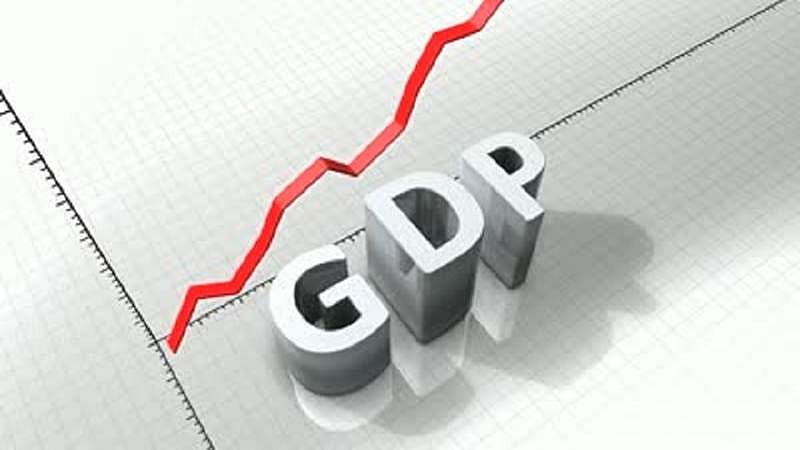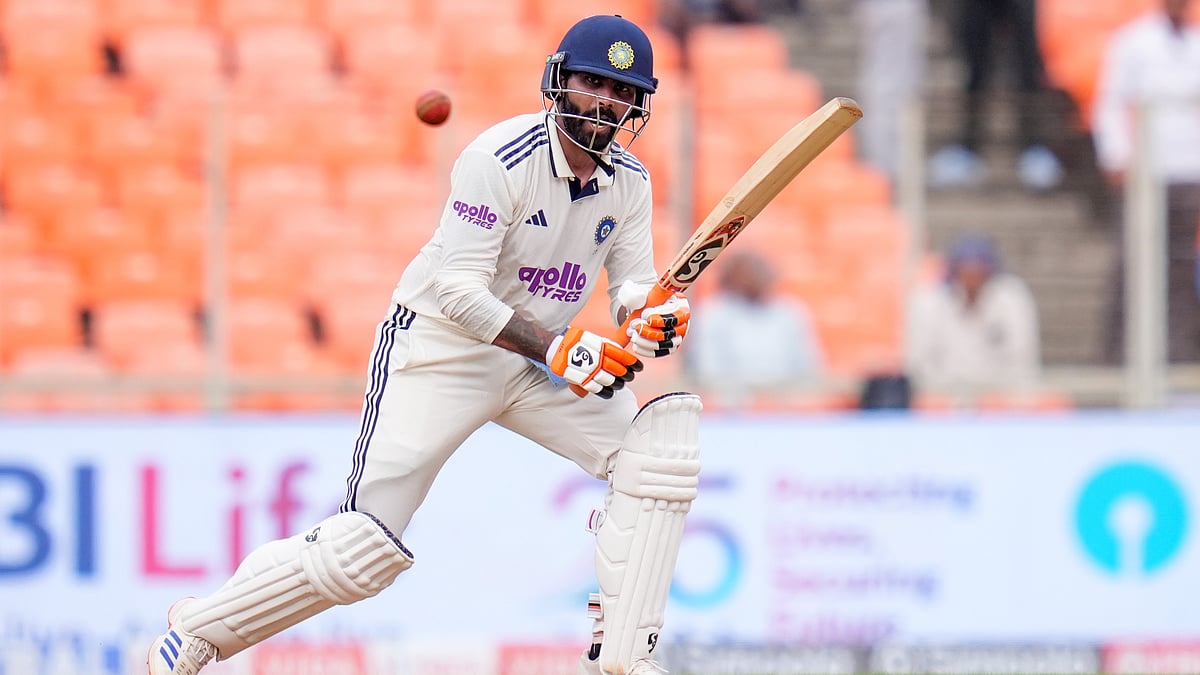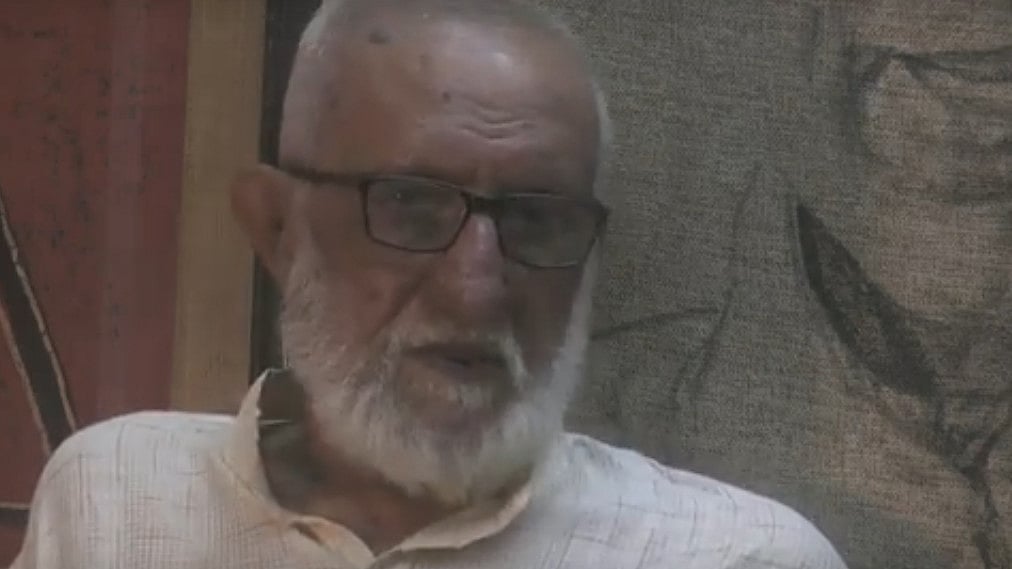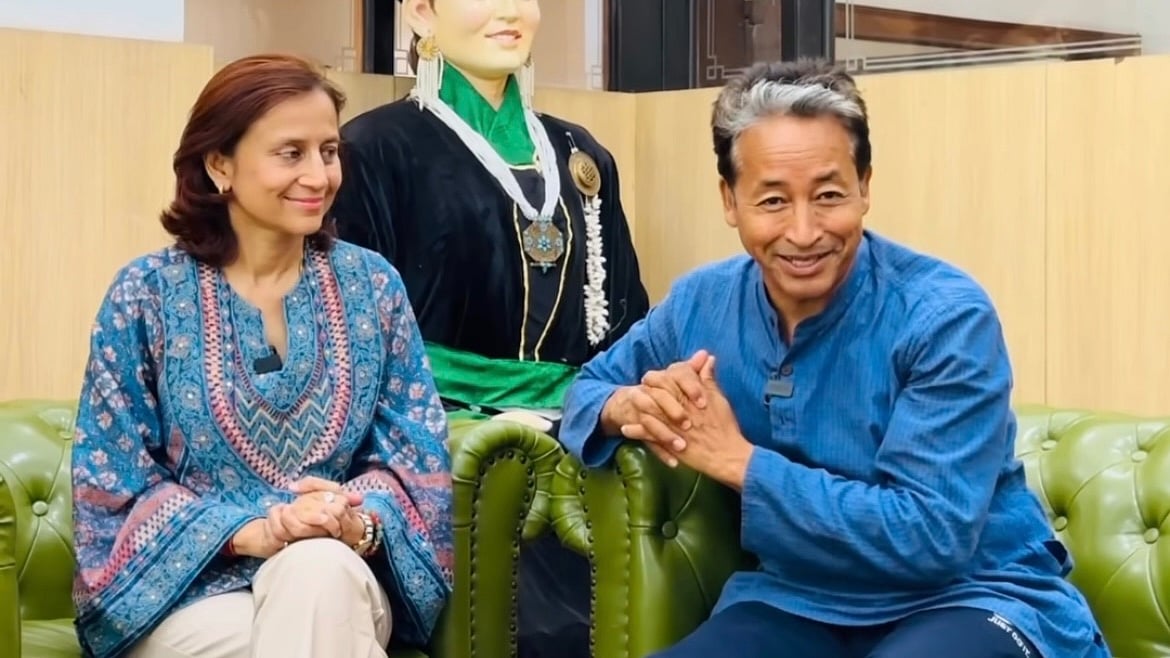INDIA’S high GDP growth rate has created a large middle-class. However, the actual number of its poor, famished, undernourished, underpaid, part-time employed and jobless has also been going up, instead of declining. For its geographical size, India is already the world’s most populous country. India has a long way to go to raise its GDP, find millions of new life-supporting jobs for the youth and help its large population of debt-ridden marginal farmers by making their farming viable.
As of Thursday, April 13, 2017, India’s population, based on the latest United Nations estimates, was 1,339,040,095, only some 47 million more than China’s total population on that day. The UN estimate (Worldometers) records India’s population as 17.86 per cent of the total world population as against China’s 18.47 per cent. In 2016, India’s population grew by 1.20 per cent, compared to China’s 0.54 per cent despite the latter’s lately liberalised two-child-per-family population policy. Demographers have forecast that India may overtake China’s population as early as in 2022 that is five years from now. Currently, China ranks No.1 in the list of countries (and dependencies) by population. India is No. 2.
At the time of India’s independence in 1947, the country’s population was only around 330 million. It went up to 520 million in 1968, said a report in an External Affairs ministry publication, that year. Indira Gandhi was India’s Prime Minister, then. The population growth rate was always politically sensitive and Ms. Gandhi avoided its official reference, until her younger son, Sanjay Gandhi, made it a part of his five-point programme during the national emergency period and started a vigorous birth-control campaign through ‘forced’ sterilisation that was said to be partly responsible for the Congress party’s crushing defeat in the post-emergency 1977 Lok Sabha election. Ever since, every government went for ‘self control for birth control’ policy until BJP’s newly-elected Assam chief minister Sarbananda Sonowal announced a few weeks ago a new rigorous-looking population control policy — first time by any state in this country — for Assam which has been witnessing a big population explosion due to high birth rate as well as constant illegal immigration from bordering Bangladesh.
The population growth alone would not have been a major concern for India if it did not go apace with the growth of poverty, lack of nutrition and social security. Despite its massive middle-class population at around 300-350 million today, India is the home of the world’s largest number of poor, nearing some 400 million, or more than the country’s total population at the time of its independence.
India’s high GDP growth rate has created a large middle-class. However, the actual number of its poor, famished, undernourished, underpaid, part-time employed and jobless has also been going up, instead of declining. For its geographical size, India is already the world’s most populous country. For instance, the population density in India is 452 per sq. km. The country’s total land area is 2,972,892 km2, less than a third of China’s total land area of 9,390,784 km2. The population density in China is 148 per sq. km.
One may say that India still has a manageable urban population rate of 32.8 per cent compared to China’s 59.1 per cent. But, India’s urban population rate is unlikely to remain at the current level as more and more rural poor, especially the youth, are moving towards urban fringes looking for jobs as agriculture is unable to feed the increasing number of rural population. The median age in India is 26.9 years compared to China’s 37.3 years although the lower median age may not always be to the advantage of a country offering less job opportunities in the absence of enough technically educated and skilled workforce. India’s demographics are mind-boggling. The country will have 900 million people of working age by 2020. The demographic boom shouldering a massive young population aspiring for jobs and manageable livelihood could make or break India. In dollar terms, India’s GDP ranks the ninth in the world, below many smaller countries, whereas China ranks the second, after the USA. India has a long way to go to raise its GDP, find millions of new life-supporting jobs for the youth and help its large population of debt-ridden marginal farmers by making their farming viable.
The massive population surge in the country’s both urban and rural areas, alongside the growth of the actual number of the poor, pose the biggest challenge to its social and economic development. Unfortunately, India’s steady annual GDP growth has not percolated down beyond a level. That explains why India’s ranking on the global Human Development Index (HDI) is rising so slowly. The annual edition of the Global Human Development report by the United Nations Development Programme (UNDP) shows through India’s slow-pace progress. From 2009 to 2014, the country moved only six positions up in the HDI ranking. India stands well below the average score of 0.630 for countries in the medium human development group. At its 131st position in the 2016 Index, India stood lower than countries like Namibia, Guatemala, Tajikistan and even Iraq. China ranked 90th. Although it may not speak too well for China, the world’s second largest economy, but the country, with its population under control, is poised to do better in the coming years as its economy is still largely industry and manufacturing based.
Conversely, India seems to be moving away from industry-cum-manufacturing based growth that encourages and enlarges quality of employment and offers better job opportunities. The country is becoming increasingly dependent on foreign investment, trade and services. It is fast losing control over the economic growth direction and dimension. India, at its current level of economic growth, is leaning heavily on the less reliable services sector, import distribution, etc., offering mostly low quality, part-time employment as more and more young people are entering the restricted job market. It is rather scary to think that India of 2022 and beyond is in control of neither its population, nor its economic growth agenda.
For its geographical size, India is already the world’s most populous country. India has a long way to go to raise its GDP, find millions of new life-supporting jobs for the youth and help its large population of debt-ridden marginal farmers by making their farming viable.
As of Thursday, April 13, 2017, India’s population, based on the latest United Nations estimates, was 1,339,040,095, only some 47 million more than China’s total population on that day. The UN estimate (Worldometers) records India’s population as 17.86 per cent of the total world population as against China’s 18.47 per cent. In 2016, India’s population grew by 1.20 per cent, compared to China’s 0.54 per cent despite the latter’s lately liberalised two-child-per-family population policy. Demographers have forecast that India may overtake China’s population as early as in 2022 that is five years from now. Currently, China ranks No.1 in the list of countries (and dependencies) by population. India is No. 2.
At the time of India’s independence in 1947, the country’s population was only around 330 million. It went up to 520 million in 1968, said a report in an External Affairs ministry publication, that year. Indira Gandhi was India’s Prime Minister, then. The population growth rate was always politically sensitive and Ms. Gandhi avoided its official reference, until her younger son, Sanjay Gandhi, made it a part of his five-point programme during the national emergency period and started a vigorous birth-control campaign through ‘forced’ sterilisation that was said to be partly responsible for the Congress party’s crushing defeat in the post-emergency 1977 Lok Sabha election. Ever since, every government went for ‘self control for birth control’ policy until BJP’s newly-elected Assam chief minister Sarbananda Sonowal announced a few weeks ago a new rigorous-looking population control policy — first time by any state in this country — for Assam which has been witnessing a big population explosion due to high birth rate as well as constant illegal immigration from bordering Bangladesh.
The population growth alone would not have been a major concern for India if it did not go apace with the growth of poverty, lack of nutrition and social security. Despite its massive middle-class population at around 300-350 million today, India is the home of the world’s largest number of poor, nearing some 400 million, or more than the country’s total population at the time of its independence. India’s high GDP growth rate has created a large middle-class. However, the actual number of its poor, famished, undernourished, underpaid, part-time employed and jobless has also been going up, instead of declining. For its geographical size, India is already the world’s most populous country. For instance, the population density in India is 452 per sq. km. The country’s total land area is 2,972,892 km2, less than a third of China’s total land area of 9,390,784 km2. The population density in China is 148 per sq. km.
One may say that India still has a manageable urban population rate of 32.8 per cent compared to China’s 59.1 per cent. But, India’s urban population rate is unlikely to remain at the current level as more and more rural poor, especially the youth, are moving towards urban fringes looking for jobs as agriculture is unable to feed the increasing number of rural population. The median age in India is 26.9 years compared to China’s 37.3 years although the lower median age may not always be to the advantage of a country offering less job opportunities in the absence of enough technically educated and skilled workforce. India’s demographics are mind-boggling. The country will have 900 million people of working age by 2020. The demographic boom shouldering a massive young population aspiring for jobs and manageable livelihood could make or break India. In dollar terms, India’s GDP ranks the ninth in the world, below many smaller countries, whereas China ranks the second, after the USA. India has a long way to go to raise its GDP, find millions of new life-supporting jobs for the youth and help its large population of debt-ridden marginal farmers by making their farming viable.
The massive population surge in the country’s both urban and rural areas, alongside the growth of the actual number of the poor, pose the biggest challenge to its social and economic development. Unfortunately, India’s steady annual GDP growth has not percolated down beyond a level. That explains why India’s ranking on the global Human Development Index (HDI) is rising so slowly. The annual edition of the Global Human Development report by the United Nations Development Programme (UNDP) shows through India’s slow-pace progress. From 2009 to 2014, the country moved only six positions up in the HDI ranking. India stands well below the average score of 0.630 for countries in the medium human development group. At its 131st position in the 2016 Index, India stood lower than countries like Namibia, Guatemala, Tajikistan and even Iraq. China ranked 90th. Although it may not speak too well for China, the world’s second largest economy, but the country, with its population under control, is poised to do better in the coming years as its economy is still largely industry and manufacturing based.
Conversely, India seems to be moving away from industry-cum-manufacturing based growth that encourages and enlarges quality of employment and offers better job opportunities. The country is becoming increasingly dependent on foreign investment, trade and services. It is fast losing control over the economic growth direction and dimension. India, at its current level of economic growth, is leaning heavily on the less reliable services sector, import distribution, etc., offering mostly low quality, part-time employment as more and more young people are entering the restricted job market. It is rather scary to think that India of 2022 and beyond is in control of neither its population, nor its economic growth agenda.










